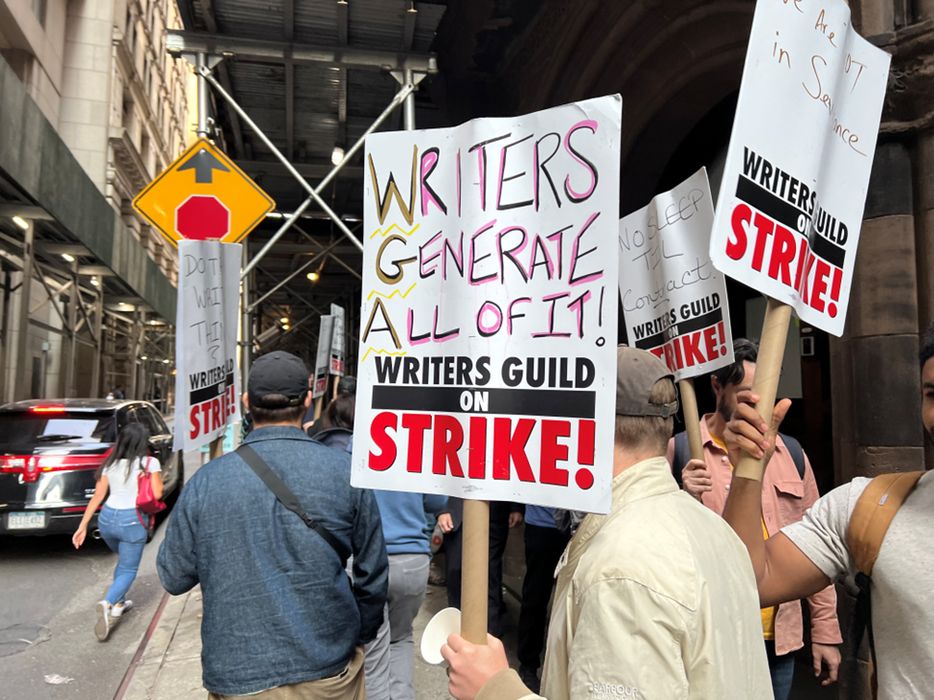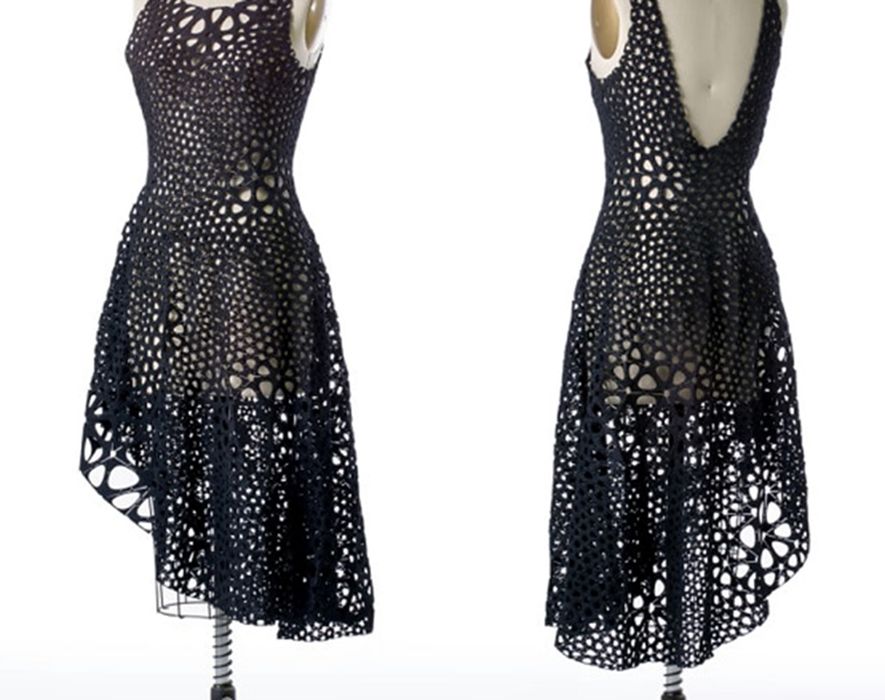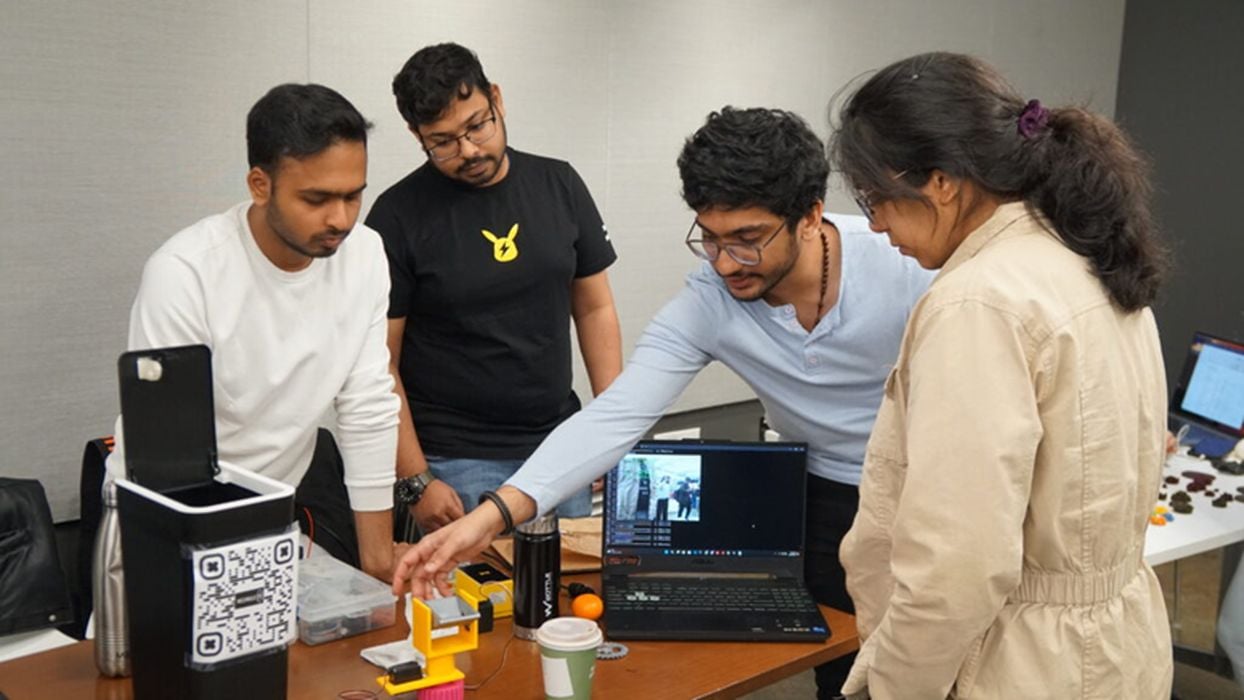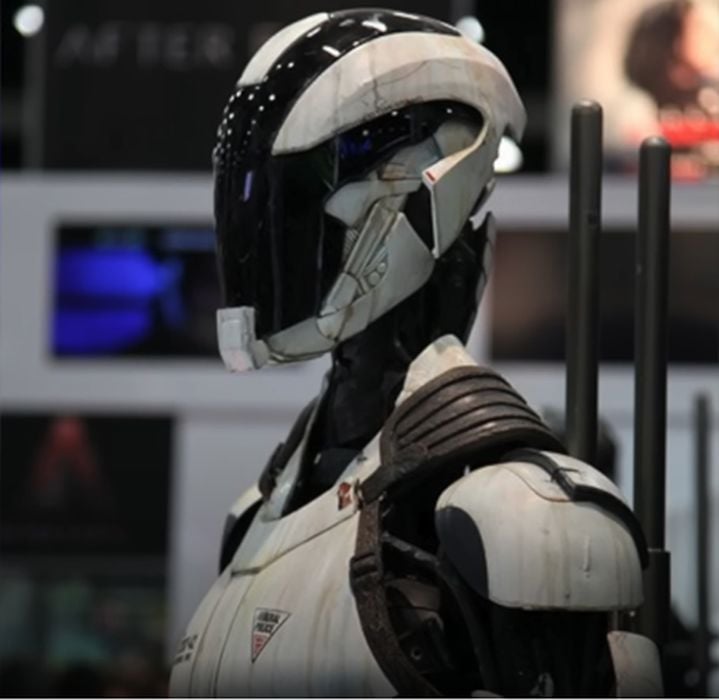
Charles R. Goulding and Preeti Sulibhavi discuss the ongoing Hollywood union strikes, the impacts on small businesses serving production studios and how 3D printing can be a solution.
The recent Hollywood unions that went on strike this past spring, and now summer, are creating havoc in the entertainment industry. Unless reconciled soon, you may be watching re-runs of your favorite shows as opposed to watching the new episodes you look forward to binge-watching on the weekends.
The Writers Guild of America (WGA) union strike, now joined by the SAG-AFTRA (Hollywood actors’ union), is a wake-up moment for the industry. This is affecting screenwriters, actors, production studios, streaming platforms, and even local, small businesses.
Despite being on opposite sides of the country, California may be home to Hollywood, but a huge segment of the entertainment industry is headquartered in New York.
The New York Times recently published a piece that highlighted how small businesses in New York City are being adversely affected by this joint strike. The piece delved into how businesses that specialize in costumes and props for production companies are feeling the economic impact of the strikes.
Whether it is the “Marvelous Mrs. Maisel” or “Succession,” all these productions require costumes, set designs and props. It is this aspect of show business that is hitting small businesses that provide these items to production companies the hardest.
Many businesses in New York City provide set designs (i.e., flooring, carpets, backdrops, etc.) and costumes to directors that have had to say “cut,” due to the joint strikes.
For many of these specialized small businesses (either selling one-off items like casino-themed carpets used on “The Marvelous Mrs. Maisel,” or the historical sets displayed on “Peaky Blinders) this strike is slowing business down immensely and forcing owners to become economically resourceful simply to survive.

Some business owners are dipping into their savings while others are renting sections of their retail spaces or warehouses for income to compensate for huge losses due to these strikes.
3D Printing, Small Businesses and Hollywood
While both parties are likely to reach some agreement, this is a lesson to be learned for Hollywood as well as for small businesses that cater to production studios. Keeping tons of unique, custom-designed, one-off pieces in inventory is a huge risk for small businesses. This is where 3D printers can help.
3D printers can create high-quality, custom-designed pieces, whether it is a fancy dress from the raging twenties, or the backdrop for the latest “must-watch” series, at a fraction of the cost and time. This means less traditional inventory and more digital inventory that can create these objects when production companies request them.
New York and Los Angeles are, in addition to being entertainment epicenters, favorable locations for the prop industry to access 3D printing expertise. Both locations have strong design communities with 3D printing expertise and university programs with MakerSpace and University students desiring media-related projects.
For example, the NYU Prototyping Fund is a collaborative program offered by the Design Lab NYU Tandon’s School of Engineering MakerSpace, the Technology Management and Innovation Department, and the New York City Future Manufacturing Collective (NYC-FMC), that awards teams of students up to US$500 in the first round of funding and up to US$2,000 in the second to be used to build hardware or software prototypes, and connects them with the resources, tools, and mentors they need to bring their ideas to life and move to the next stage of product development, while encouraging multidisciplinary collaboration between students at NYU.
The students even got to showcase their prototypes at MakerSpace’s EventSpace, an event dedicated to the students’ 3D printing work.

An effort designed to bring 3D printing directly into the entertainment industry is underway in Los Angeles. Vocademy, “the place to learn and make anything,” is a MakerSpace dedicated to designing, creating and 3D printing anything from CAD/CAM and graphics to costume and prop-making. Likened to a gym, except instead of treadmills there are 3D printers, Vocademy is teaching people to make their creative concepts a reality.

Sometimes the solution is right in front of you. In Hollywood’s case, both NY and LA have thriving 3D printing communities that can help educate costume and prop-focused small businesses on how to 3D print their merchandise as opposed to purchasing from vendors and keeping inventory of items that nobody, but a Hollywood production team would ever need.
The Research & Development Tax Credit
The now permanent Research and Development (R&D) Tax Credit is available for companies developing new or improved products, processes and/or software.
3D printing can help boost a company’s R&D Tax Credits. Wages for technical employees creating, testing and revising 3D printed prototypes can be included as a percentage of eligible time spent for the R&D Tax Credit. Similarly, when used as a method of improving a process, time spent integrating 3D printing hardware and software counts as an eligible activity. Lastly, when used for modeling and preproduction, the costs of filaments consumed during the development process may also be recovered.
Whether it is used for creating and testing prototypes or for final production, 3D printing is a great indicator that R&D Credit eligible activities are taking place. Companies implementing this technology at any point should consider taking advantage of R&D Tax Credits.
Lights, Camera….Strike?
The unions and the entertainment industry will reach an agreement eventually. What is certain is that small businesses that provide costumes and set designs have a valuable lesson to learn from this experience. Small businesses that specialize in unique items for production sets should utilize 3D printers to create high-quality pieces at little cost and with no physical inventory to worry about selling in instances such as this.
Hopefully, it will go back to “lights, camera, action!” Soon.
